Did you know you can make your own sour cream with 3 staple ingredients and less than 5 minutes of hands-on time? That’s right! By simply mixing heavy cream, lemon juice, and whole milk together, you kick off a reaction between the acid and milk proteins that produces a thick sour cream with a tangy flavor in just 24 hours. As a former science teacher, guiding you on how this reaction occurs was really fun! Check out the post below for exactly what to do and how to use homemade sour cream in baked goods and savory recipes!
A reader, Kathleen, says: “Works perfectly, and so delicious. I’ll never buy sour cream again.” ★★★★★
Why This Sour Cream Recipe Works
This 3-ingredient homemade sour cream recipe might seem too good to be true, but it works every time. Most store-bought sour creams are cultured with an added lactic acid bacteria (like yogurt) for a long period of time and have to be held at a certain temperature for the bacteria to grow and the sour cream to thicken. My hack, using lemon juice, heavy cream, and milk, produces similar results in much less time and without a starter culture.
Here’s a fun science lesson about why it works: If you add an acid (in this case, lemon juice or white vinegar) to cream, it lowers the pH of the cream and reacts with the casein proteins in the cream. This reaction causes the proteins to break down or “denature” (unfold and lose their natural structure). If you were to use lower-fat dairy products, this would curdle the dairy, causing those proteins to clump together and turn into a grainy mess with white clumps floating around in a watery whey.
Because of the high fat content in the cream, the fat interferes with the casein protein’s ability to bond together in clumps, and instead, thickens the cream. Fun science lesson, huh?! Leaving the mixture to set for 24 hours allows time for this acid-protein reaction to happen and a slight fermentation to begin.
Is it safe to leave the cream out for 24 hours? Once the acid is added, yes! Because of the added acid, the pH is lowered enough to keep any harmful bacteria from forming in this relatively short amount of time as per Utah State University guidelines on fermentation.
Key Ingredients
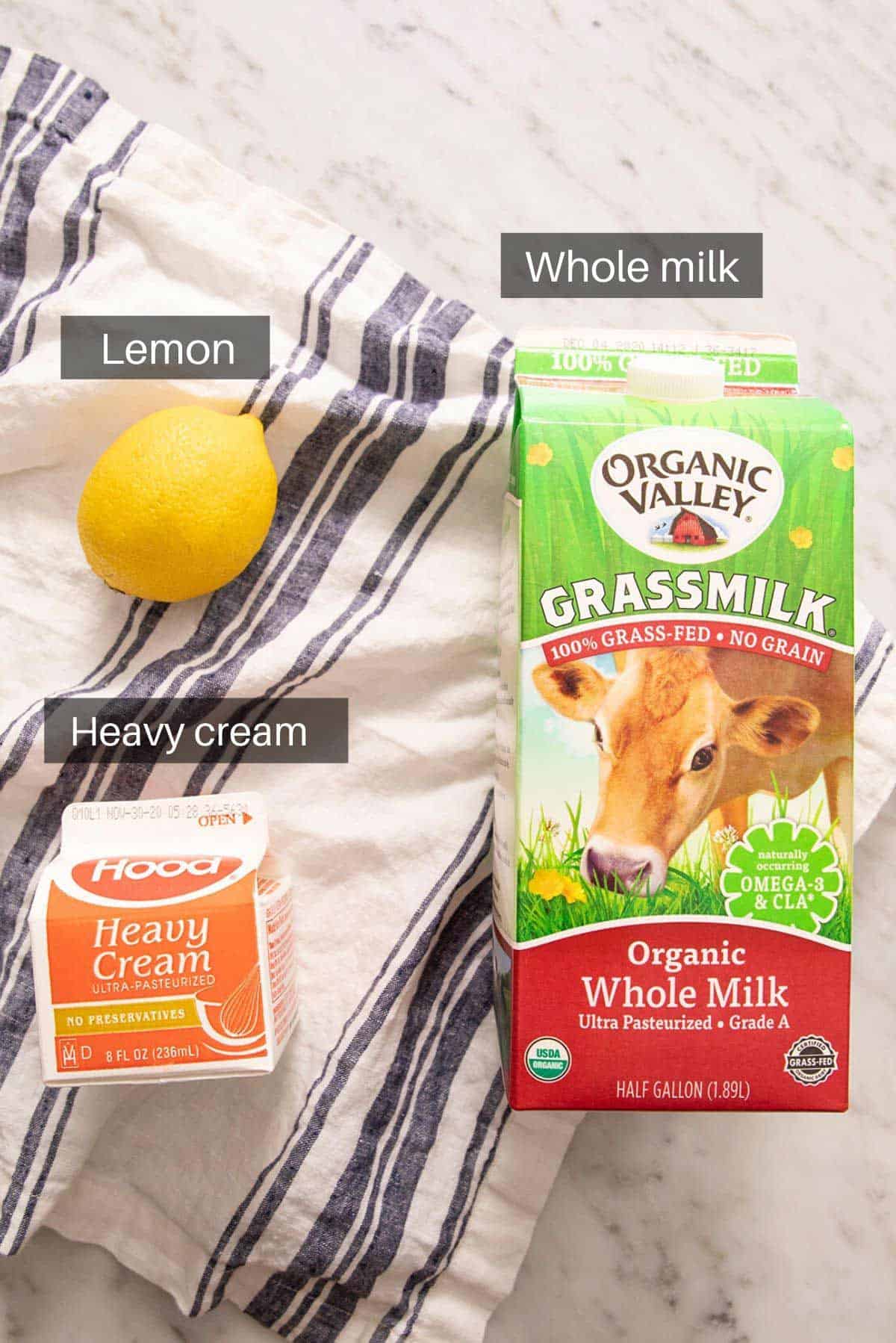
You only need three simple ingredients to make homemade sour cream! You can find the full list of ingredients and measurements in the recipe card below.
Heavy cream — heavy whipping cream is a must in this recipe for the thickest, richest homemade sour cream. Avoid whipping cream, which has a lower fat content than heavy whipping cream. Lower fat can make the mixture curdle, as mentioned above.
Lemon juice or white vinegar — the acidic ingredient acts as a fermenting agent that helps “sour” and thicken the heavy cream. I’ve seen some recipes call for apple cider vinegar, which works, but will add a noticeable taste.
Milk — be sure to use whole milk for its added fat, so the sour cream doesn’t turn out too runny. If you prefer a very thick sour cream, you can replace the milk with more heavy cream.
Tools Needed
You need a few simple tools for this “how to make sour cream” tutorial, but don’t worry — they are common items you probably already have in your kitchen.
Glass jar — basically, any glass jar or glass container will work. I typically go for Mason jars as I always have a few empty ones in my kitchen cabinet. And it’s easy to just add the lid once I’m ready to refrigerate the sour cream.
Breathable cover — the dairy and lemon juice mixture needs a breathable environment to slightly ferment, so do not seal the container shut during this phase. Instead, opt for cheesecloth, a paper towel, or even a coffee filter that you can secure on the jar.
Rubber band — use a rubber band, twine, or the band part of a 2-piece Mason jar lid to secure the breathable cover on the glass jar. You want to make sure the seal is tight, so if you use twine, secure it well.
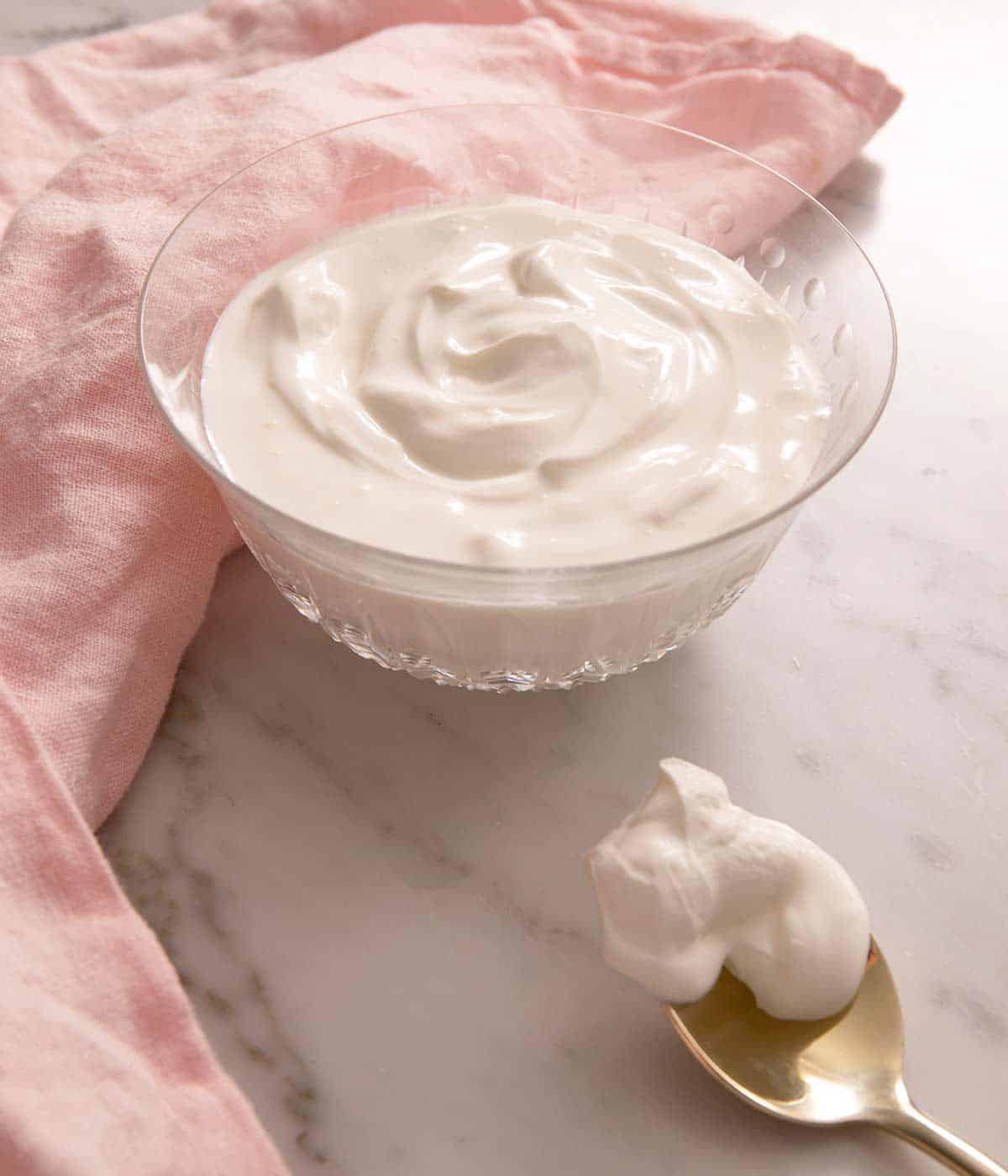
Can I Use Homemade Sour Cream In Baking Recipes?
This is a reader question I’ve received, and the answer is: Absolutely! This homemade sour cream recipe works just as well as store-bought in baked goods like sour cream cookies, sour cream pound cake, and even chocolate cake. Sour cream adds tenderness and moisture to cakes and cookies. It’s one of my favorite ways to keep cakes moist for days—it’s the secret to my very popular moist vanilla cupcake recipe!
Pro Tips For Making Homemade Sour Cream
Don’t rush the process. While it can be tempting to speed up the process, I highly recommend sticking with the fermenting time in my recipe. During re-testing, my executive editor, Sarah, shortened the time to see how it affected the outcome, and the resulting sour cream was not quite thick enough or tangy enough. For the best results, allow the cream mixture to sit for the full 24 hours.
If you want a thicker consistency, strain it. After the cream mixture has sat for 24 hours and thickened, line a fine mesh sieve with cheesecloth or a thin tea towel and place it over a large bowl. Add the homemade sour cream, loosely cover with plastic wrap, and let it sit in the fridge for another 24 hours. Excess moisture will be strained through the cheesecloth and into the bowl. This tip is especially helpful if you want to use the sour cream as a dip!
How To Make Sour Cream
Below, I’ve highlighted portions of the recipe in step-by-step process images along with instructions for making a thick and creamy sour cream. You can find the full set of instructions in the recipe card below.
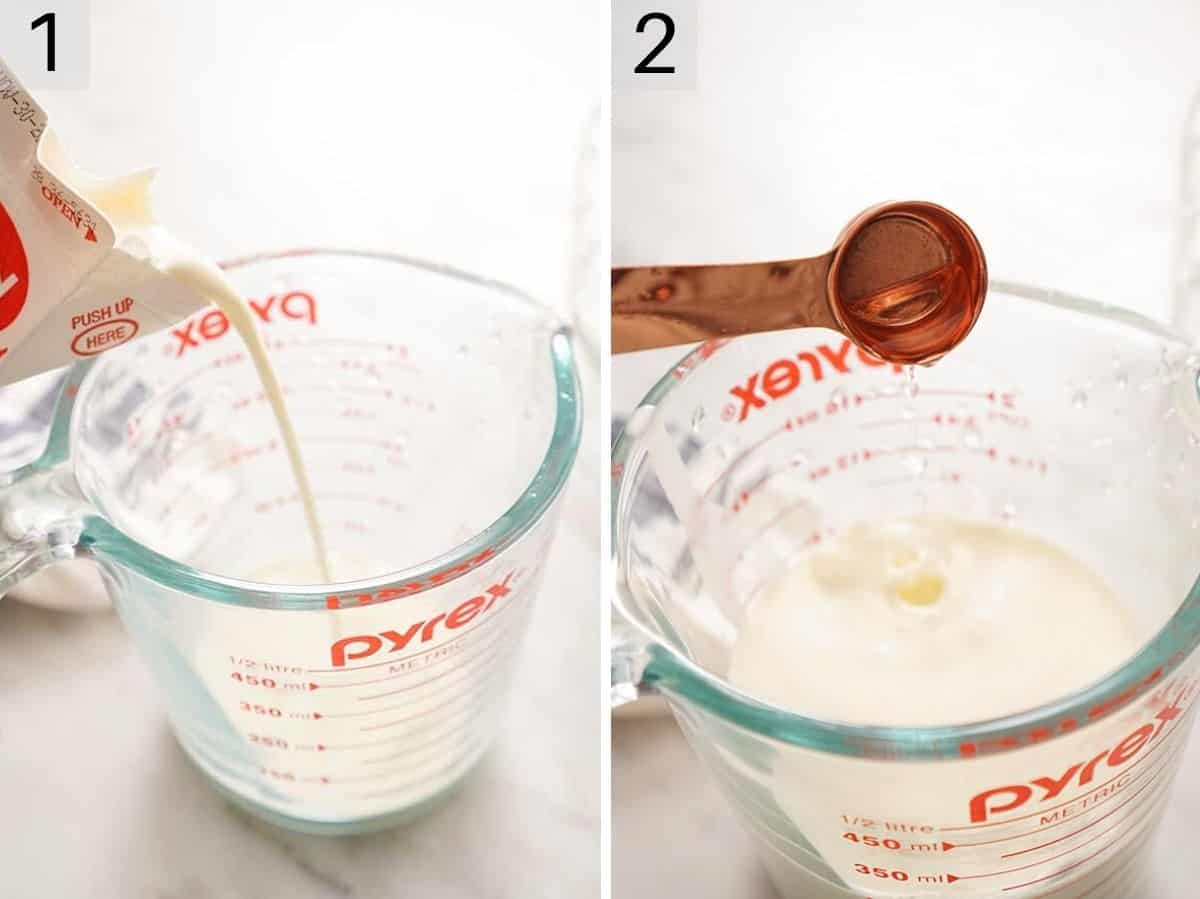
1. Pour the heavy whipping cream into a glass measuring cup or another nonreactive liquid measuring cup, like plastic or stainless steel.
2. Add the lemon juice or white vinegar and stir well to combine.
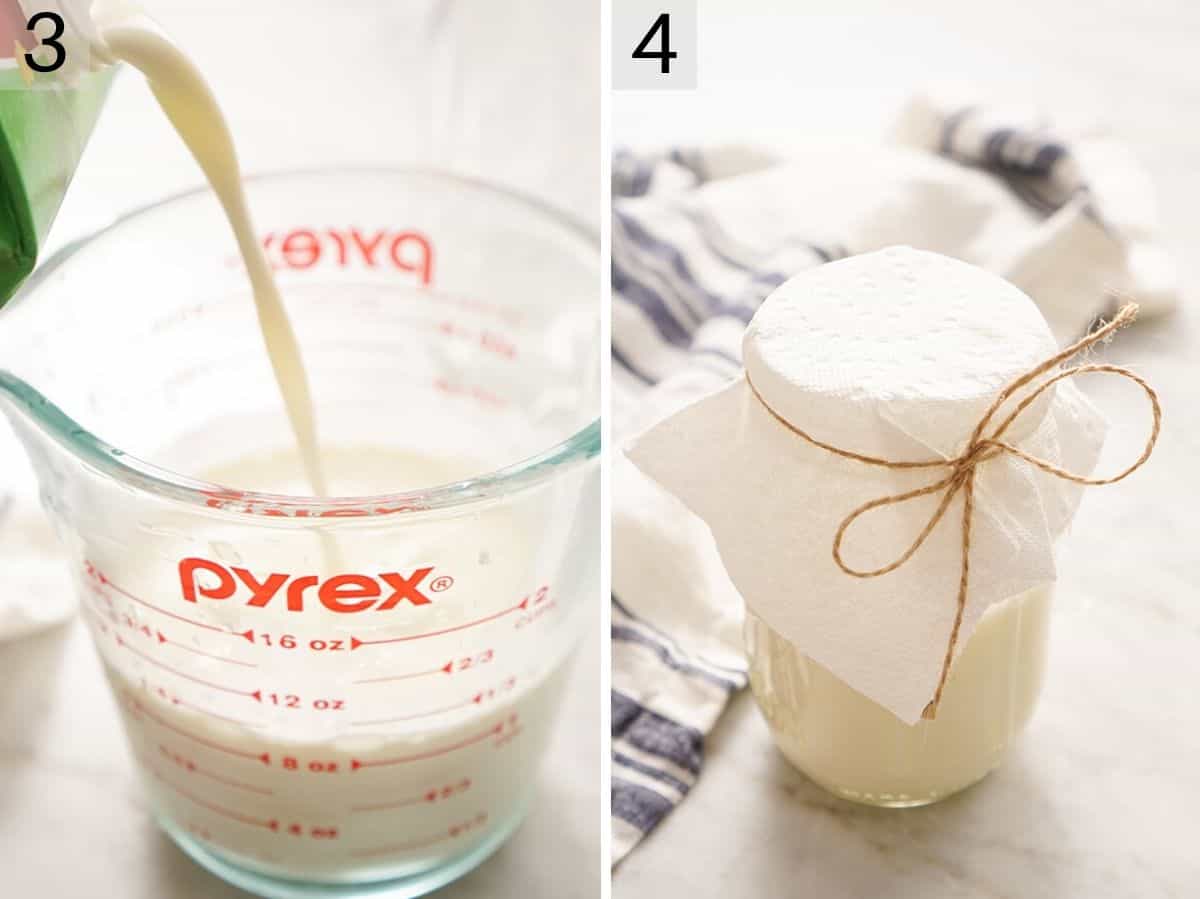
3. Add the whole milk and stir again.
4. Pour the cream mixture into a glass Mason jar, cover it with something breathable like a piece of cheesecloth, and secure the cover with a rubber band. Leave the jar at room temperature for 24 hours. After this time, your thick, tangy homemade sour cream is ready! You can use it immediately or chill it, depending on how you plan to use it. Remove the cheesecloth and secure the airtight lid to store it in the refrigerator.
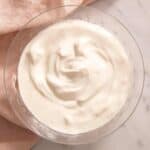
Sour Cream Recipe
Ingredients
- 1 cup heavy whipping cream (240ml)
- 2 teaspoon lemon juice or white vinegar
- ¼ cup whole milk (60ml)
Instructions
- Measure out the cream in a glass measuring cup. Add the lemon juice or vinegar, then stir together. Stir in the milk.
- Pour the mixture into a mason jar, and cover it with a cheese cloth or paper towel. Secure the cloth with a rubber band or tie a piece of twine around it so it has a tight seal and stays in place. Leave the jar on the counter at room temperature for 24 hours.
- After 24 hours, the cream and milk will have thickened (though it might be thinner in consistency than store-bought sour cream). You can use the homemade sour cream immediately or chill it first to help it thicken up more. If chilling it, remove the cloth and add a tight fitting lid to the jar to keep the sour cream from drying out.
Notes
- You can flavor the sour cream once it’s ready! Stir in grated garlic, onion powder, and chopped chives to make a creamy onion dip. Or, stir in citrus zest for a little extra zing in your baked goods.
Nutrition
Should My Sour Cream Be Thin?
It won’t be quite as thick as store-bought sour cream because store-bought brands either have added thickeners, the sour cream has a bacterial culture that allows it to be thicker, or it is strained to remove excess moisture. This recipe uses a natural process with no artificial thickeners or required straining, so it’s a little thinner but tastes just as good (if not better!) than store-bought varieties.
How To Store
Although you shouldn’t use an airtight lid while the sour cream is fermenting, once it’s ready, you should keep it tightly sealed in an airtight container in the fridge for up to 1 week. Do not freeze homemade sour cream, as it tends to separate when thawed and develop a grainy texture.
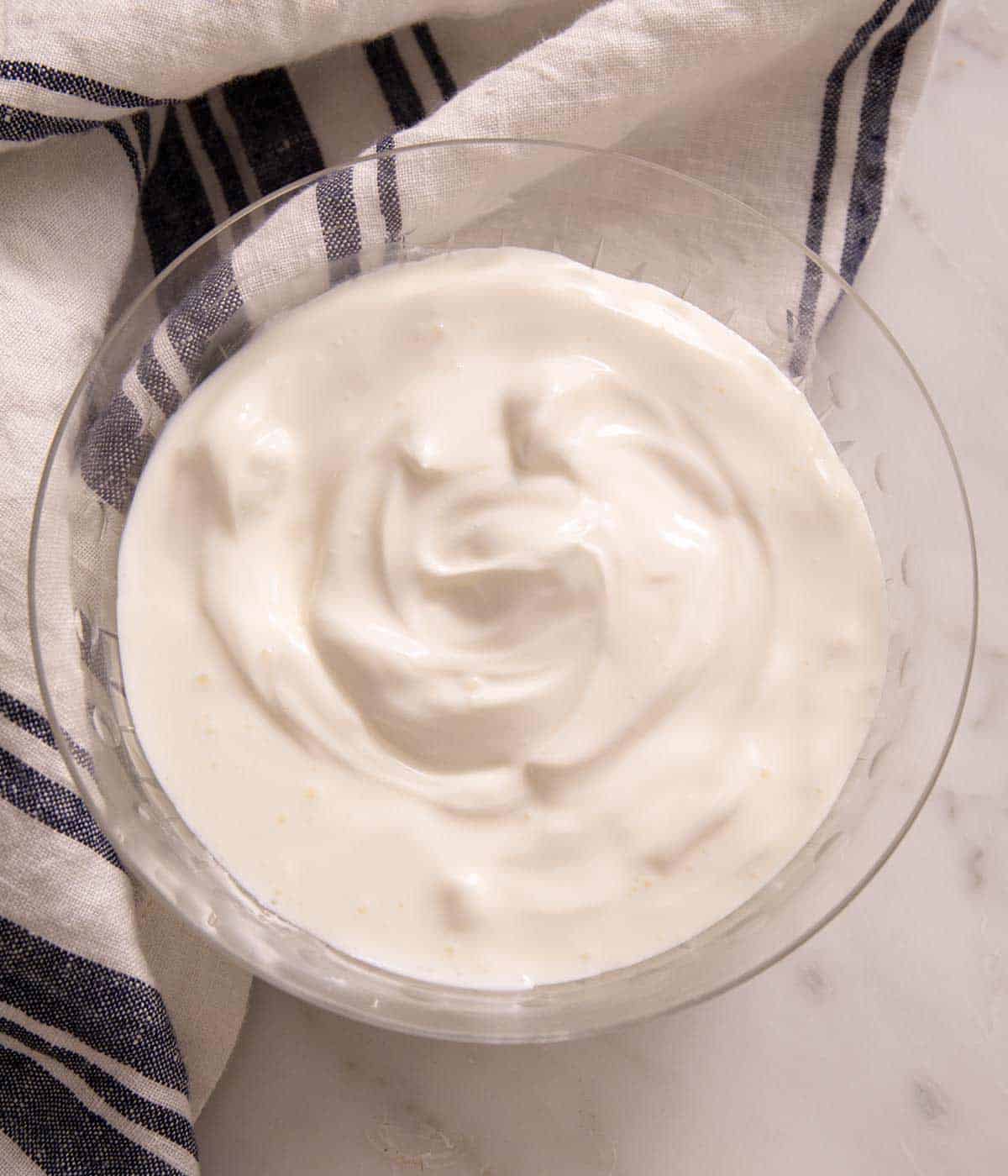
Other Sour Cream Substitutes
If you don’t have the time to make your own sour cream, you can use one of these easy substitutes in your favorite dishes instead! Keep in mind that sour cream not only adds moisture to recipes but can also thicken them, so swap it with another sour cream substitute that has a thicker-consistency if that’s important to the recipe.
Substitutes for baking recipes: Whole buttermilk, Greek yogurt, and Mexican crema.
Substitutes for dips, sauces, or savory recipes: Cream cheese, mayonnaise, Mexican crema, and Greek yogurt.
You can use these substitutes in baking recipes like my chocolate bundt cake or lemon blueberry muffins. For savory recipes, these work great in ranch dressing, spinach artichoke dip, and chicken casserole!
Try One Of These Other Homemade Substitutes
I love sharing kitchen hacks to make cooking and baking easier, so if you enjoyed this “how to make sour cream” guide, try these next!
You need 2 simple ingredients, lemon juice and whole milk, to make my easy buttermilk substitute. Plus, it only takes 5 minutes!
Homemade cake flour creates light, delicate baked goods, and it’s another beyond-easy 2-ingredient tutorial that saves you a trip to the grocery store.
Ever realized halfway through a recipe that you don’t have brown sugar? Well, don’t worry, because you can make it at home in no time with my “how to make brown sugar” guide!
You only need a blender, granulated sugar, and cornstarch to make homemade powdered sugar! You can use this substitute in any recipe that calls for powdered sugar.
If you’ve tried this “how to make sour cream” tutorial, then don’t forget to rate it and let me know how you got on in the comments below. I love hearing from you!



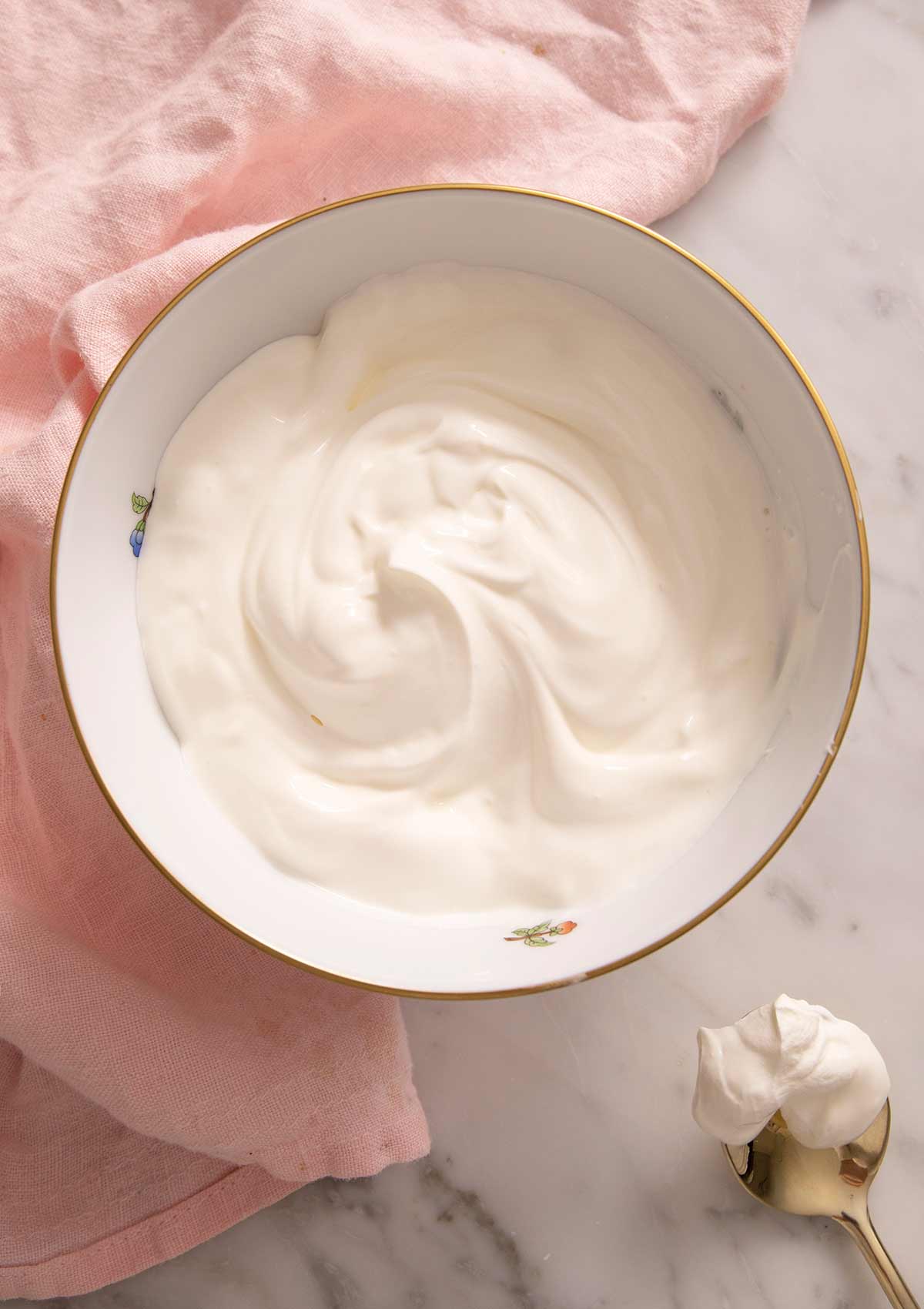
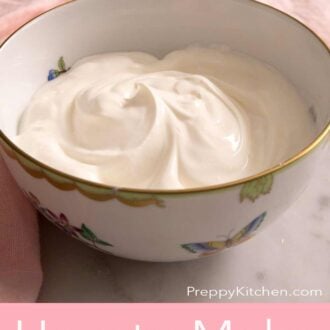
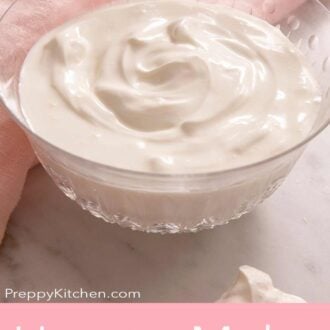
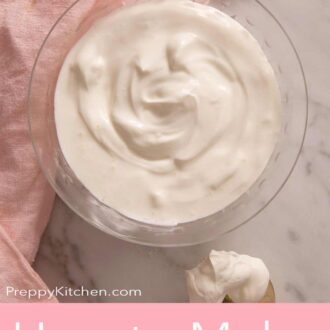
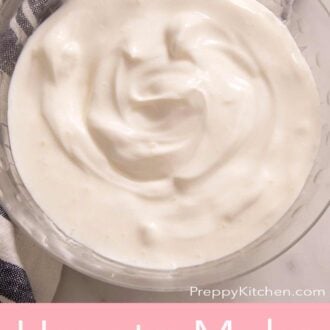
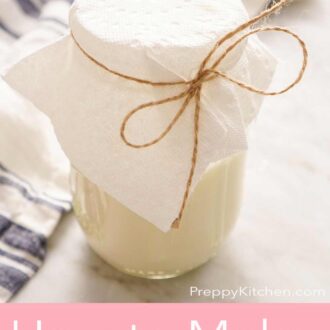
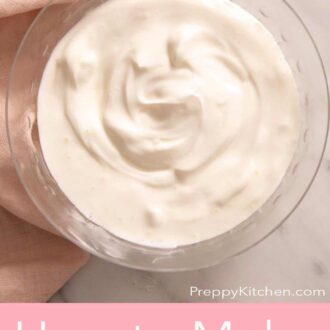
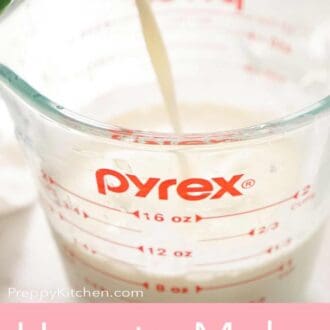
backlinks checker dofollow checker says
I conceive you have noted some very interesting points, appreciate it for the post.
Nancy Hollinger says
I just printed off your How To Make Powdered Sugar recipe (I’m old school), and now I found your recipe for How To Make Sour Cream. You’re a genius, and I appreciate you sharing this. Thank you!!
Kathleen says
Works perfectly, and so delicious. I’ll never buy sour cream again.
NANDA bARUA says
I like your thorough explanation of recipe. It is easy to follow and to prepare very delicious food.
Peyman khoshi says
Thanks chef jon
Charlotte Morrill says
John – WHAT is the amazing big slotted spatula that you used on the Chicken Fried Rice video? Will buy it immediately!